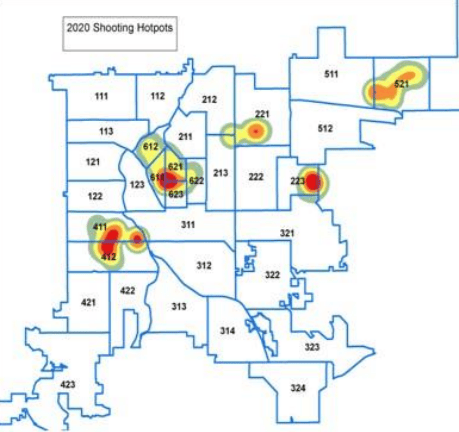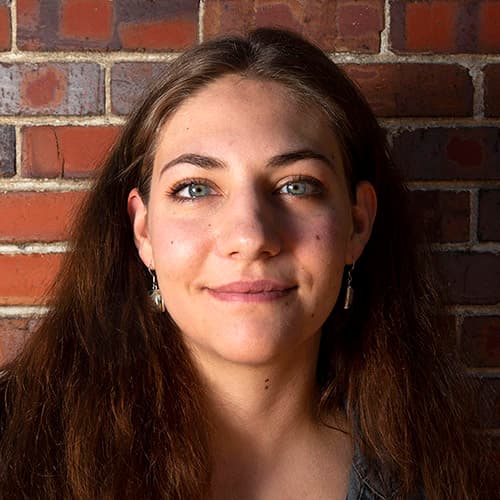Last year, nearly half of all shootings and a quarter of all homicides in Denver occurred in one of the city's five "crime hot spots."
This May, the city rolled out a new program to combat crime in these areas with mitigation efforts, community outreach and city service partnerships.
At a city subcommittee meeting Monday, Denver Police Chief Paul Pazen presented updated maps showing where this year's crimes were occurring.
"We have some significant progress in some areas, and ongoing challenges in other areas," Chief Pazen said. He said the police department was allocating its resources accordingly, and touted progress in hot spots like The Holly and the intersection of Alameda Avenue and Federal Boulevard, which have both seen lower rates of violent crime than last year.

As a quick reminder: the five hot spots in the image above are around (1) Alameda Avenue and Federal Boulevard, on the west side, (2) East Colfax at the city's border with Aurora, (3) "The Holly" in Northeast Park Hill, (4) Peoria Street in Montbello and (5) from Civic Center Park up Colfax to Washington Street.

One of the most striking differences between the two maps is in the Civic Center Park area. Chief Pazen said that much of the violence previously seen near Civic Center Park and the intersection of Colfax Avenue and Broadway had shifted towards the Ballpark district in the Five Points and Union Station neighborhoods.
"We have seen... a shift in that downtown hot spot over to LoDo, and this is obviously a concern," Chief Pazen said. "If there are flare-ups in certain areas, then we shift our resources."
However, the shooting near Civic Center Park last Friday, which left one person dead and two injured, isn't represented in these maps because they only include data up until August 3.
We previously reported on the staggering amount of drug citations recorded in June at Civic Center Park. Chief Pazen claimed the "narcotics nexus" in this area was the main driver of violent crime -- hence the focus on drug citations.
"You see a lot of intensity around Civic Center Park," Chief Pazen said. "Typically, the number one causal factor... in 2020 was some sort of argument or dispute that escalated to gun violence, or violence where somebody lost their life. This year, that has changed."
Chief Pazen touted the "individualized" and "data-driven" methods used by the DPD, although some council members, particularly Councilmember Candi CdeBaca, requested more data on how much the program is costing the city.












